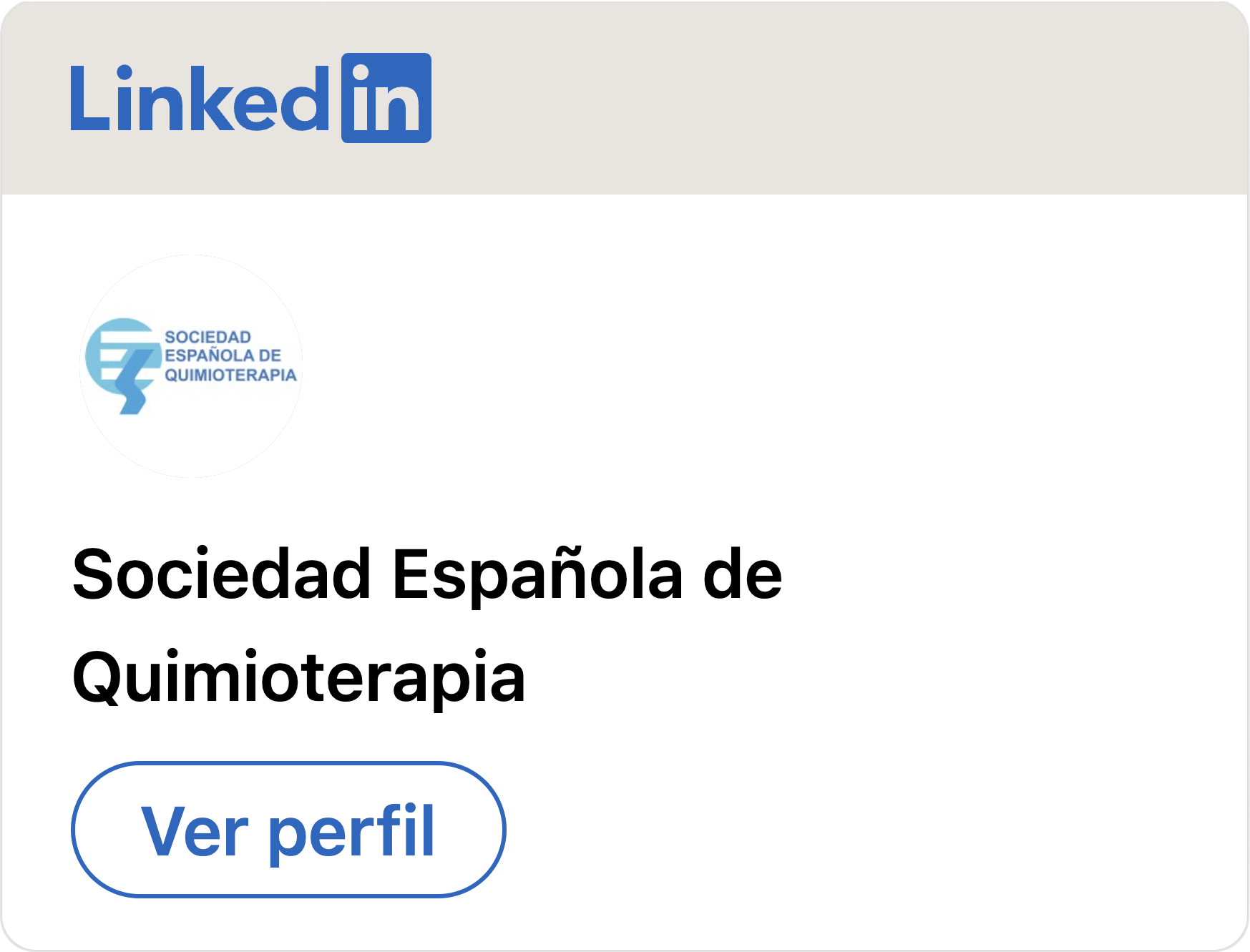Rev Esp Quimioter 2013:26(2):112-115
Emergence of high-level resistance to gentamicin and streptomycin in Streptococcus agalactiae in Buenos Aires, Argentina
HUGO EDGARDO VILLAR, MÓNICA BEATRIZ JUGO
Introduction. Streptococcus agalactiae has become recognized as a cause of serious illness in newborns, pregnant women, and adults with chronic medical conditions. Optimal antimicrobial therapy for serious infections requires the use of synergistic combinations of a cell wall-active agent, such as a penicillin, with an aminoglycoside, which results in bactericidal activity against this organism. The synergistic effect is eliminated by the acquisition of high-level resistance (HLR) to aminoglycosides. The aim of our study was to determine the prevalence of HLR to gentamicin (GEN) and streptomycin (EST). The ability to detect HLR using a standard agar screen plate and high-content discs was investigated.
Methods. This study was conducted with 141 strains of S. agalactiae isolated from vaginal and rectal swabs of pregnant women at term. Minimum inhibitory concentrations (MICs) to GEN and STR were determined by the E-test method. Disks of GEN (120 μg) and STR (300 μg) were used to detect HLR. Agar screening plates were performed with GEN 100 mg/L, GEN 500 mg/L and STR 2000 mg/L.
Results. The HLR to GEN and STR was detected in 13.5% and 16.3% of the isolates respectively. Among 141 strains, 7.8% were simultaneously resistant to GEN and STR. With 120-μg GEN and 300-μg STR disks, strains for which MICs were ≥512 mg/L and ≥1024 mg/L had no zones of inhibition. Isolates with inhibitory zones for GEN and STR of ≥13 mm showed a MICs ≤64 mg/L and ≤512 mg/L. All the screening plates were negative for these isolates. HLR to aminoglycosides was associated (83.9%) with resistance to erythromycin and/or clindamycin.
Conclusions. This study highlights the emergence of strains with HLR to aminoglycosides. The disk-agar diffusion test performed with high-content aminoglycoside disks and screening plates can provide laboratories with a convenient and reliable method for detecting S. agalactiae isolates that are resistant to aminoglycoside-betalactam synergy.
Rev Esp Quimioter 2013:26(2):112-115 [pdf]

